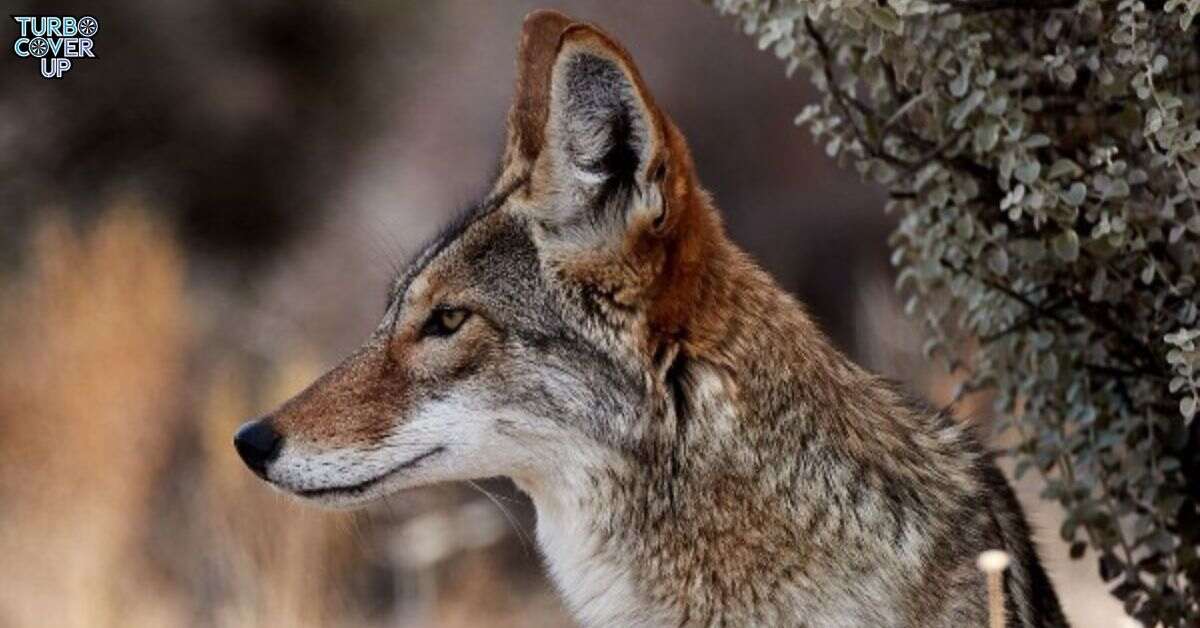Coyotes come in a variety of colors, making them fascinating creatures to observe. Their fur can range from gray and brown to reddish and even black, depending on where they live and their genetic makeup. These color variations help coyotes blend into different environments, from forests to deserts.
Most coyotes have a mix of grayish-brown fur with lighter tones on their belly and darker markings along their back. However, some regions see coyotes with unique colors, such as all-black or brown coats. These differences in color not only make them visually interesting also play a key role in their survival.
Coyote Colors
Coyotes exhibit a surprising variety of colors. The most common coyote colors you will see are a mix of gray, brown, tan, and reddish tones. But these are not rigid categories. Coyotes often have multi-colored fur that blends shades of gray, brown, and even black. The unique mix helps them blend into different environments, whether they are roaming deserts, forests, or urban areas.
Coyotes have evolved this color adaptability to match the landscapes they inhabit. Their fur also serves as camouflage, helping them evade predators and hunt more effectively. For example, in open plains, a coyote’s coat may reflect more of a sandy or light brown color, blending with the dry grasses. In more forested regions, they can have darker shades of gray and brown, which helps them blend into the shadows of trees and underbrush.
Coyote Fur Colors
The texture and thickness of a coyote colors of fur also play a role in its survival. Coyote fur is long, coarse, and thick, especially in colder climates where their fur bulks up in the winter. This thicker winter coat not only keeps them warm but can make them look larger and more intimidating to other predators.
The most common fur color for coyotes is a grizzled grayish-brown, sometimes with a reddish tint on the legs and around the muzzle. Their belly, chin, and chest are almost always whitish or cream-colored, which contrasts against the darker tones of their back and flanks. Their tail is typically bushy, with a black tip.
Coyotes also have guard hairs, which are long, dark hairs that add texture and contrast to their fur. These guard hairs help protect their undercoat from harsh weather conditions like rain and snow.
Coyote Color Variations
While the typical coyote colors are well-known, there are many variations. Coyote colors of fur can include shades of:
- Gray: The most common overall color, especially in colder regions.
- Brown: Found more frequently in brown coyotes from forested areas.
- Reddish-brown: Often seen on the legs and around the face.
- Black: Rare but notable in black coyotes that have a genetic condition called melanism.
- White: Although extremely rare, albino coyotes with white fur do exist.
Some rare coyote colors are caused by genetic mutations like melanism (which produces all-black coyotes) or albinism (which produces white coyotes). These mutations are rare, but when they occur, they stand out dramatically against the more common gray and brown coyote fur.
Coyote colors can also be affected by seasonal changes. In the summer, their fur tends to be shorter, with more reddish-brown and gray tones. In the winter, their fur grows thicker and tends to be grayer and bulkier.
Regional Colors of the Coyote
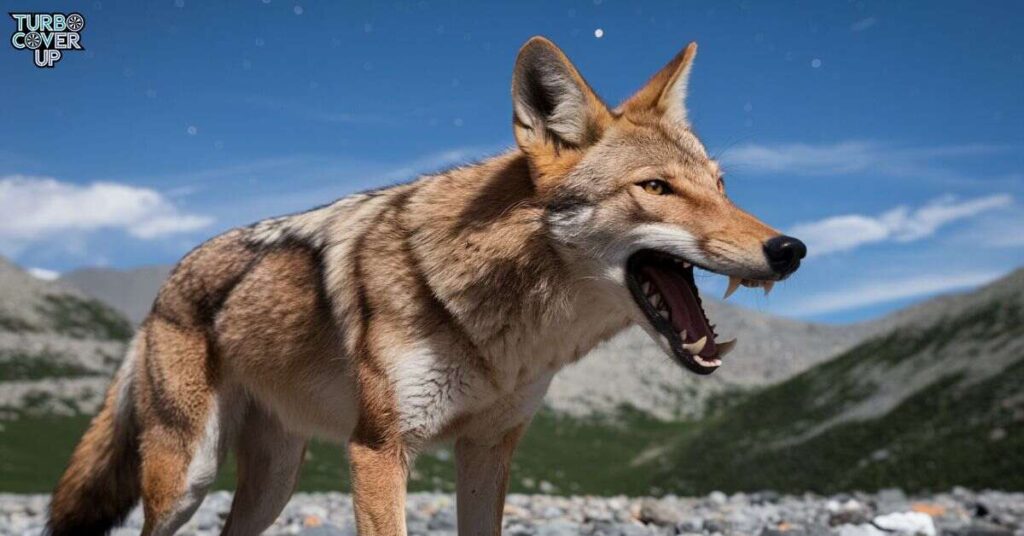
Coyotes exhibit notable color variations depending on the region they inhabit. This regional color variation is often an adaptation to the local climate, habitat, and availability of prey.
Eastern Side Coyote
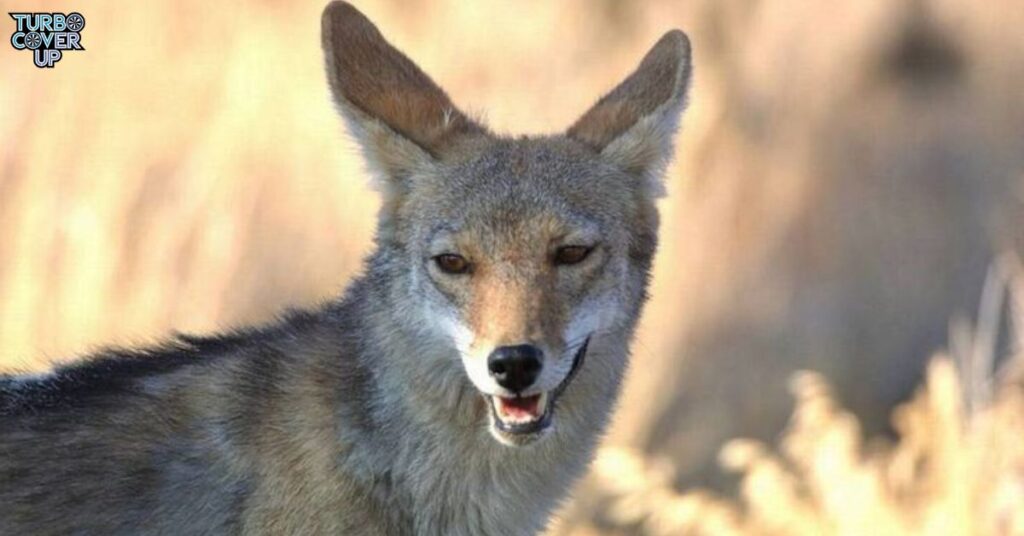
Eastern coyotes are typically larger. Eastern Coyote colors are shown darker shades than their western counterparts. Their coats often blend gray, red, and brown, making them appear more wolf-like. This is due to some interbreeding with wolves over time, particularly in the northeastern United States.
Eastern coyotes are known to have a more diverse color palette, including reddish and darker tones that help them blend into forests and mountainous regions where dense foliage is common.
Western Side Coyote
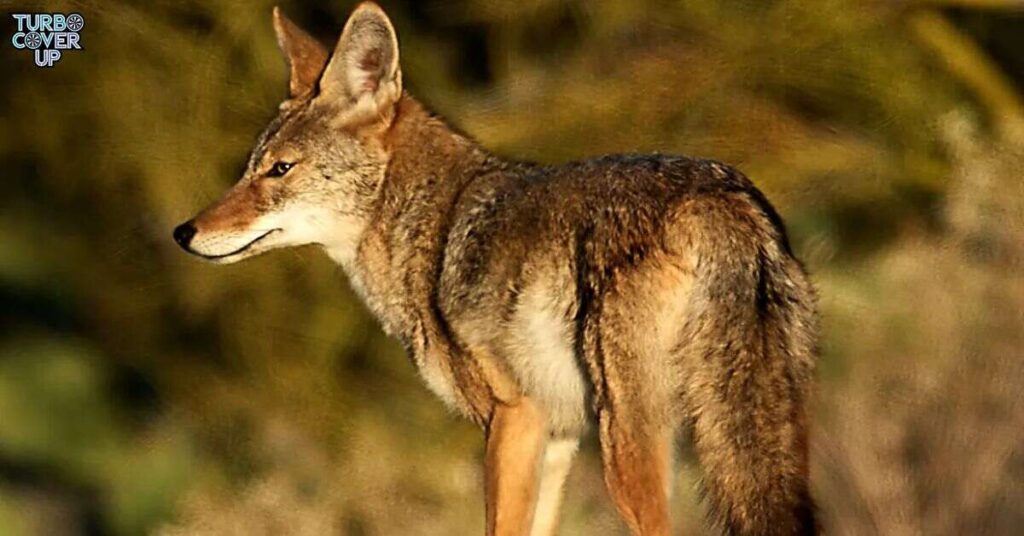
Coyotes from the western U.S. tend to be smaller and often display lighter colors, such as tan, sandy brown, and light gray. These colors help them blend into the arid deserts, grasslands, and plains of the West.
Western coyotes are perfectly suited for their environment, with lighter fur that reflects the heat of the sun and allows them to remain camouflaged in open, dry landscapes.
Brown Coyotes
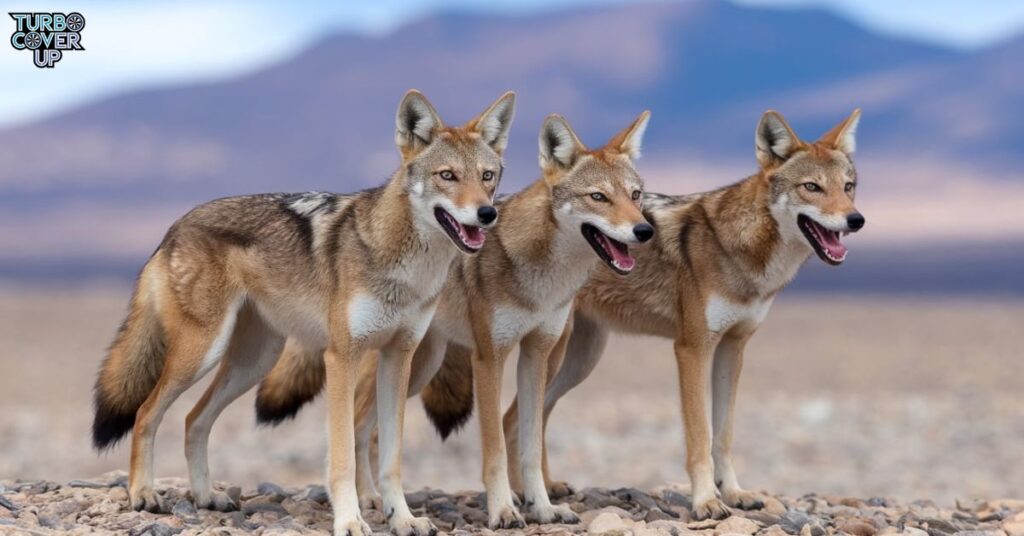
Brown coyotes, although less common, are usually found in heavily forested areas. Their dark brown coats provide excellent camouflage among trees, fallen leaves, and dirt, allowing them to sneak up on prey undetected. These coyotes can be found in parts of the eastern United States, including states like Pennsylvania, New York, and Ohio.
Brown coyotes may also have more reddish-brown tones, especially around their legs and muzzle. This coloration is an excellent adaptation for blending into the woodland undergrowth.
Michigan Coyotes
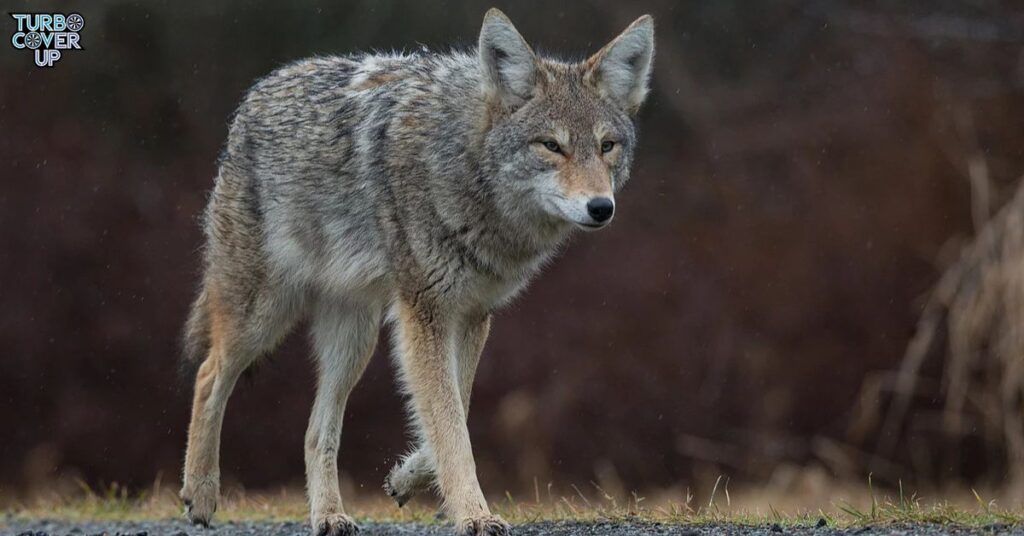
Michigan coyotes exhibit classic gray-brown fur with reddish undertones. Given the state’s mix of forests, fields, and suburban areas, Michigan coyotes are well-adapted to both rural and urban environments.
In recent years, some rare color variations have been seen, including black coyotes and lighter, sandy brown coyotes, which are believed to result from interbreeding with other coyote populations or even domestic dogs.
Black Coyotes
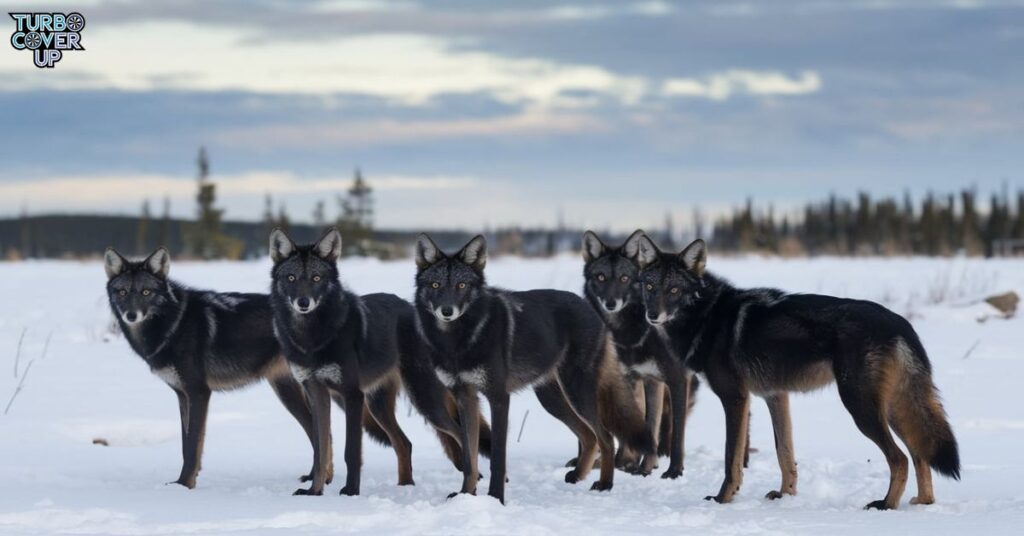
The black coyote is a rare but striking sight. Black fur in coyotes is usually the result of melanism, a genetic mutation that produces an excess of dark pigmentation. Melanism in coyotes is quite rare, with only about 2% of the population displaying this trait.
Black coyotes are more frequently seen in the eastern U.S., particularly in regions where regional coyote colors have been influenced by interbreeding with wolves or domestic dogs.
Rare Coyote Colors
In addition to the more common coyote colors, some extremely rare variations can occur. These rare colors are the result of genetic mutations, including melanism (which causes black fur) and albinism (which causes white fur).
Some of the rare coyote colors include:
- All-Black Coyotes: Caused by melanism, this color variation is rare but can be found in certain regions of the United States.
- Albino Coyotes: Albino coyotes have white fur and often pink or red eyes. This mutation is incredibly rare in wild populations.
These unique colors, while fascinating, are not always beneficial for the animal’s survival, as they may stand out in the wild and make it harder to avoid predators.
Do Coyote Coats Change Colors?
Yes, coyote coats do change colors with the seasons. In winter, a coyote’s coat becomes thicker and more gray, providing better insulation and camouflage in snowy environments. In summer, their coats become shorter and show more reddish or tan tones, helping them stay cool and blend into the sunlit landscapes.
This seasonal coyote coat change allows them to adapt to the changing weather and their environment, ensuring their survival throughout the year.
Coyote Eye Color
Coyote eye color is typically yellow or amber, with some variations in brown. Newborn coyote pups are born with blue eyes, which gradually change to yellow or amber as they grow older.
The yellow eyes of a coyote can give them a wild, piercing look, which is often highlighted in low-light conditions like dawn or dusk. While rare, some coyotes can have blue eyes into adulthood, usually due to genetic mutations or interbreeding with domestic dogs.
Frequently Asked Questions
Can coyotes be completely black?
Yes, although rare, black coyotes exist due to a genetic mutation called melanism.
Do coyote coats change colors?
Yes, coyote coats change with the seasons. Winter coats are thicker and grayer, while summer coats are thinner and often have more reddish or brown tones.
What are common coyote fur colors?
Common coyote colors of fur include shades of gray, brown, tan, and reddish tones.
Can coyotes have blue eyes?
Coyote pups are born with blue eyes, but these typically change to yellow or amber as they mature.
Do coyote coats change colors with the seasons?
Yes, coyote coats can change slightly with the seasons.
Conclusion
Coyotes are incredibly versatile animals, and their fur colors reflect their adaptability to different environments. From grays and browns that blend into forested landscapes to rare black and white color variations, coyotes’ coats serve as both camouflage and protection. Coyote colors offer a glimpse into their survival strategies and genetic diversity.
As you encounter coyotes in different regions, remember that their fur color is more than just appearance—it’s a crucial part of their evolutionary toolkit. And while regional coyote colors may vary, these adaptable creatures continue to thrive across a wide range of habitats.
Read More:

